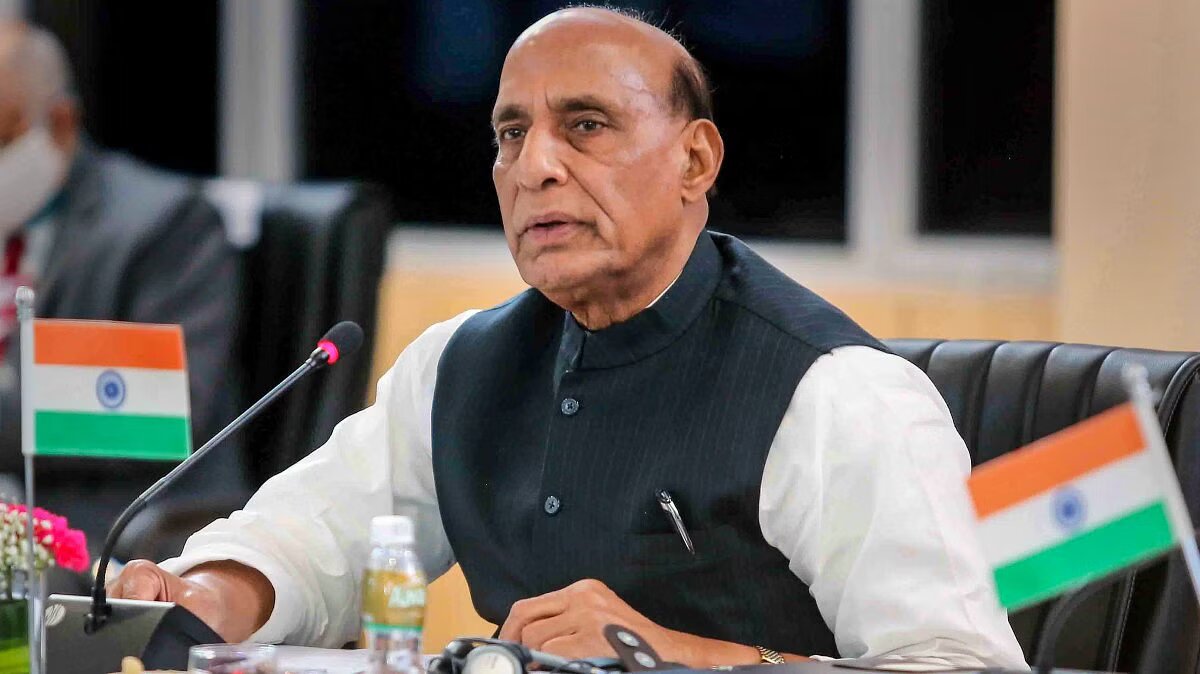On Tuesday, Defense Minister Rajnath Singh will open a lot of new facilities at the navy base INS Kadamba in Karwar.
When it’s done, the new infrastructure will make the military base east of the Suez Canal the largest, able to hold more than 50 warships and submarines.
As part of phase IIA of Project Seabird, the infrastructure has been prepared. It will have two main piers and seven residential towers with a total of 320 homes for navy officers and defense civilians and 149 homes for single officers.
It is planned to build a new navy air station with a 2700 m runway and a civil enclave. This will allow commercial flights to land and take off and provide air support for aircraft on Indian Navy ships.
“The naval air station and the civil enclave are set to improve air connectivity to the Uttar Karnataka region and boost the tourism industry in both north Karnataka and south Goa,” a spokesperson said.
Besides that, four different townships with about 10,000 homes are being built to include living accommodations. A naval spokesperson said here that when the college is fully ready, it will have space for 50,000 people spread out over 25 km.
Phase I of Project Seabird, which was meant to fit 10 ships, was finished safely in 2011.
The infrastructure included a breakwater, a pier that could hold 10 ships, a 10,000-ton ship lift and dry berth, a naval ship repair yard, places to store logistics and weapons, housing for 1,000 people, a headquarters/depot organization, and a navy hospital with 141 beds.
The following year, the Cabinet Committee on Security approved Phase IIA of Project Seabird, which would make docks for 32 ships, submarines, and 23 Yardcraft.
“The covered dry berth is the most famous part of phase IIA works. It stands 75 meters tall, which is taller than the Qutub Minar in Delhi, and covers 33000 square meters of land.” “This dry berth is designed to allow up to four capital ships to dock at the same time and receive full maintenance inside,” the spokesperson said.
Piers for ships and submarines, technical facilities, electrical substations, switch gears, and support utilities are all part of the phase-IIA marine works. Together, they create a berthing place that is more than 6 km long.
At a conference for navy commanders that will take place on India’s home-built aircraft carrier, INS Vikrant, the Defense Minister will speak to the top naval leaders.
While the leaders are meeting, the navy will use INS Vikrant and INS Vikramaditya to do “twin carrier operations” in the Western Seaboard. India wants to be seen as a net security provider in the Indian Ocean area to counter China, which is why the drill is happening at this time.
